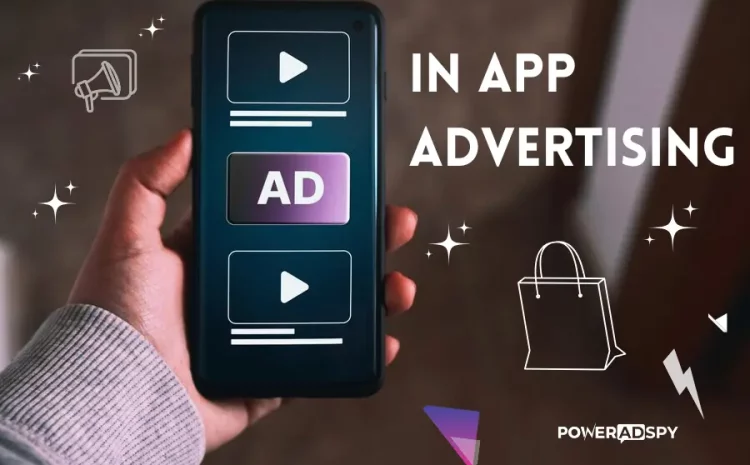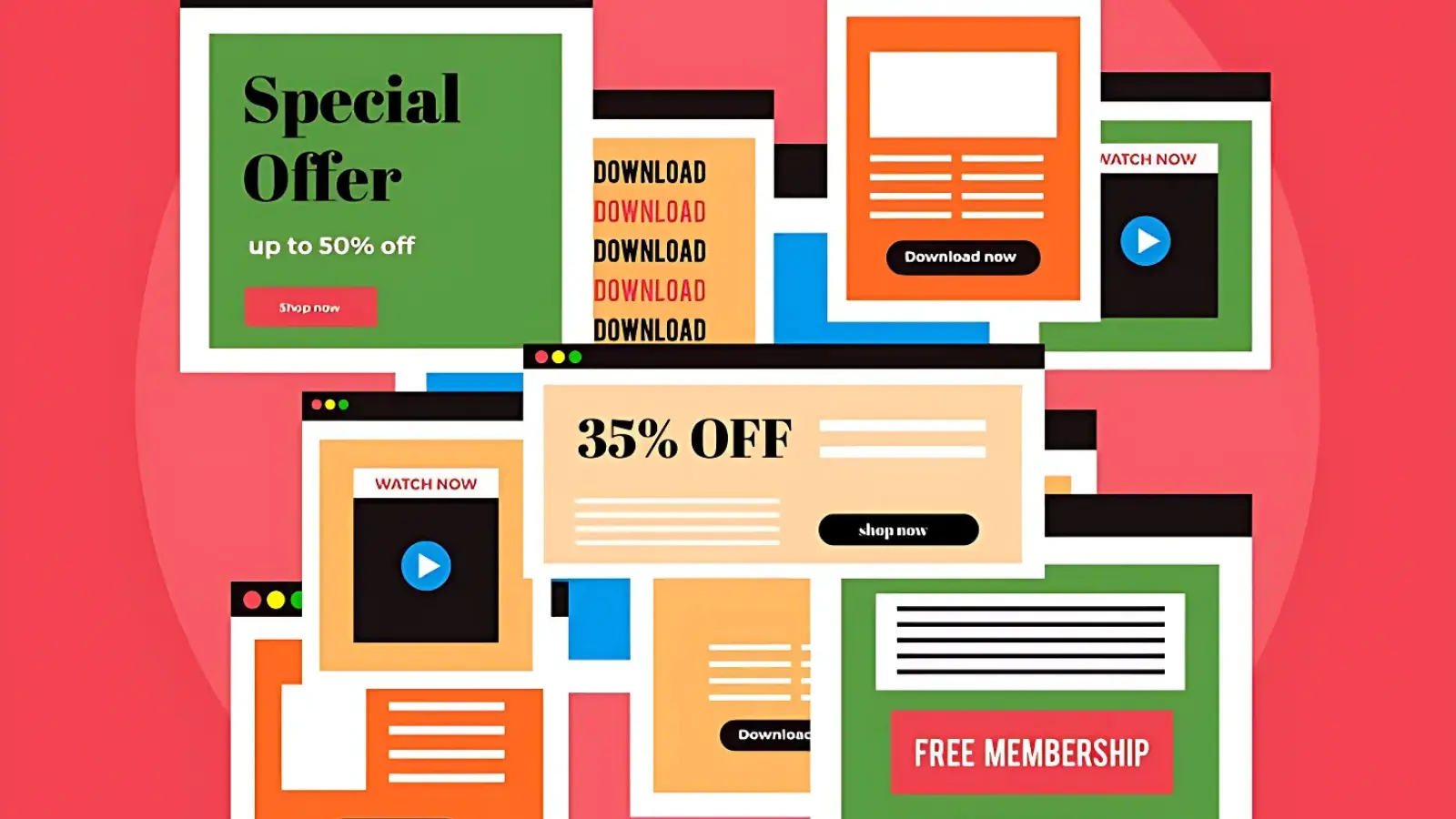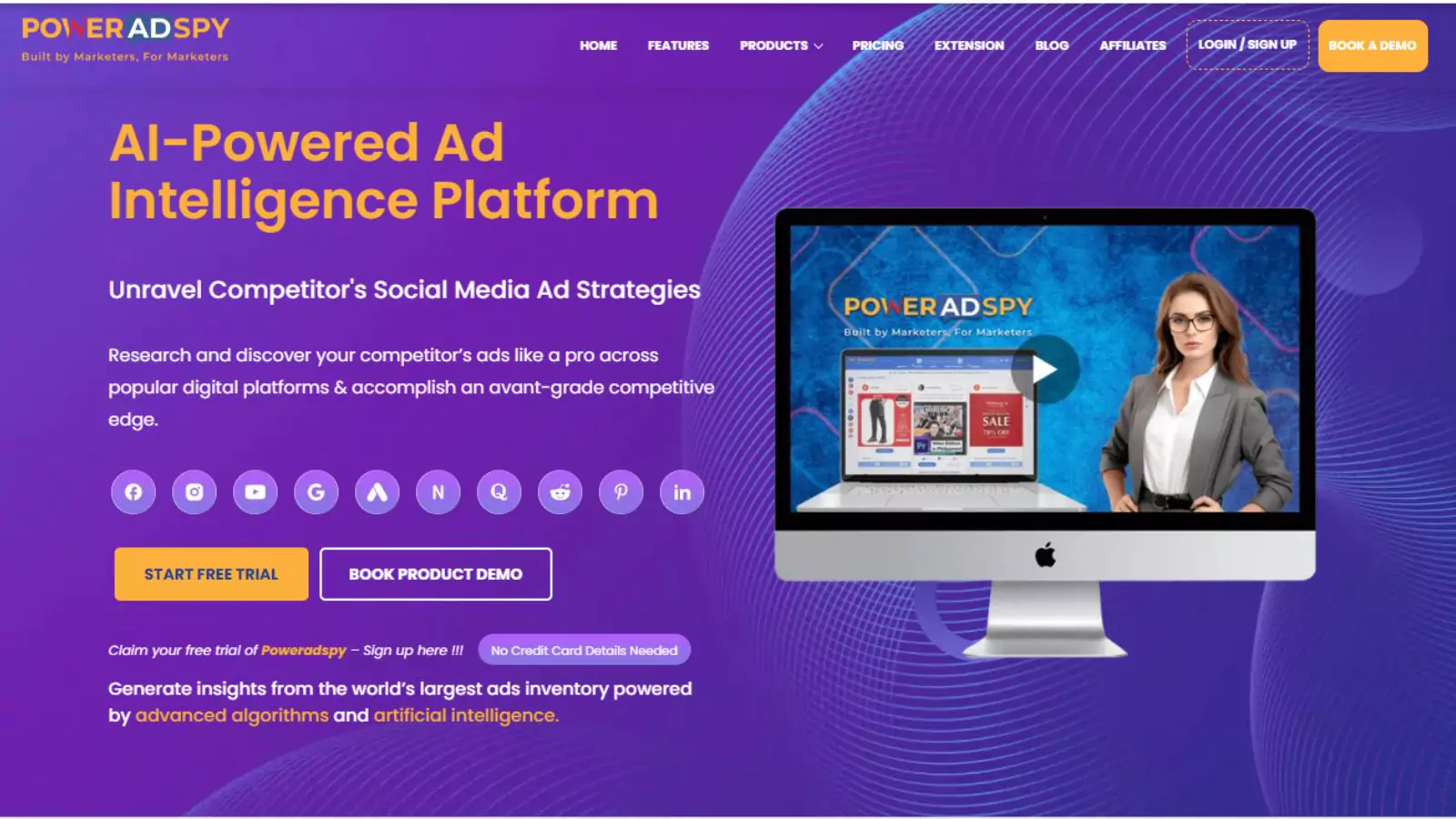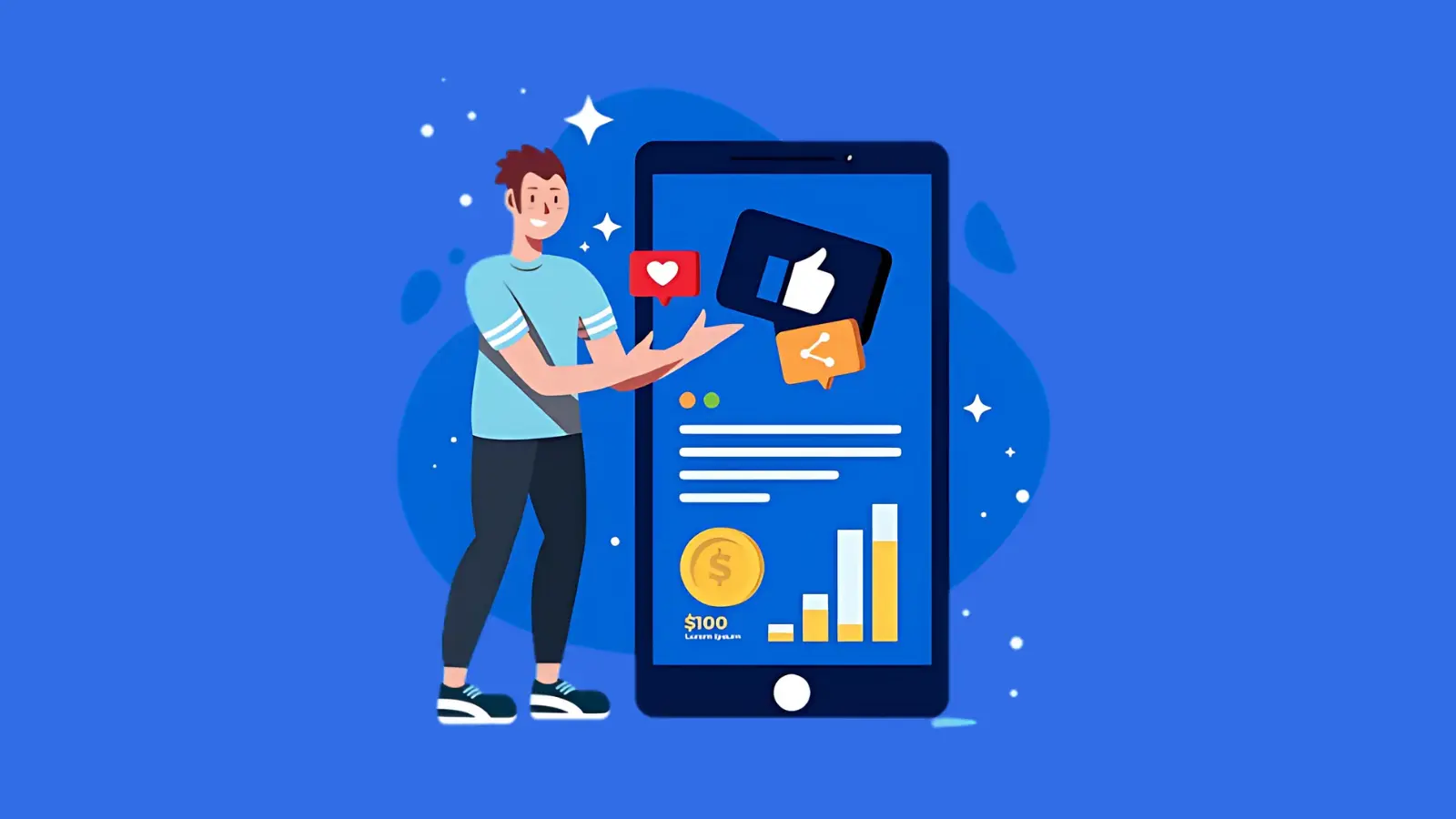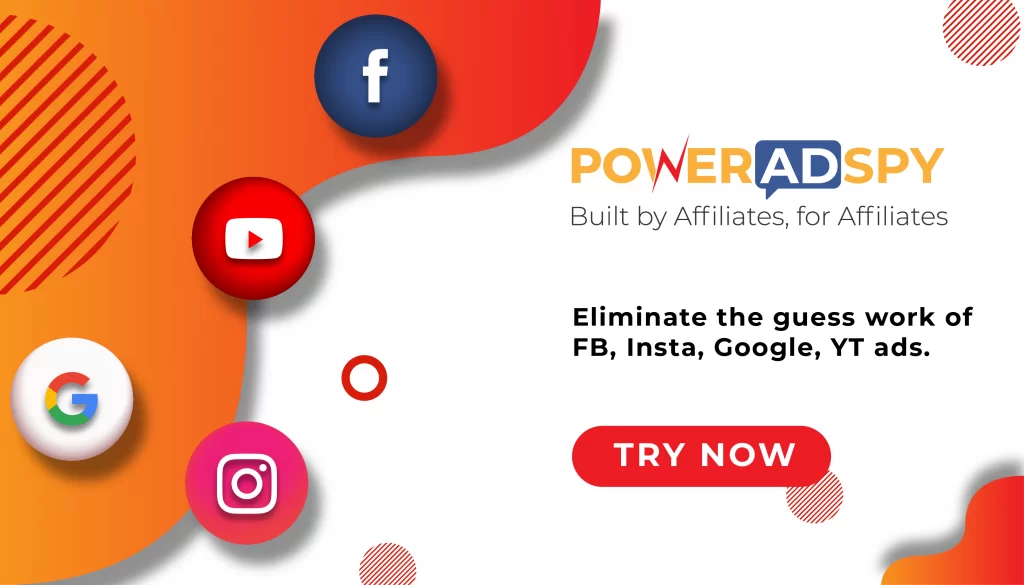In App Advertising: Your Complete Guide To In App Ads
You are scrolling through your favorite app, maybe just passing time or checking updates. Have you observed how some ads seamlessly blend into the content you are watching? That is in app advertising—a marketing tactic quietly influencing your purchase decisions without disrupting your experience. It is subtle, yet powerful. Brands worldwide are leveraging it to enhance engagement, drive conversions, and boost ROI. But what exactly makes in-app ads so effective? Why are companies, big and small, investing in this strategy?
This blog will walk you through the ins and outs of in app advertising—what it is, why it works, and how you leverage it for your brand’s success. Whether you are just dipping your toes in digital marketing or have been in the game for years, mastering mobile app advertising is non-negotiable.
Let us begin.
Listen To The Podcast Now!
What Is In App Advertising?
In app advertising refers to ads displayed within a mobile app rather than on a mobile web browser. These ads are designed to fit naturally into the app interface, often appearing in a way that feels like part of the content.
The true magic of mobile in app advertising in app advertising lies in its ability to blend into the app environment without feeling intrusive, leading to higher user engagement and conversion rates.
Types Of In App Ad
When choosing the ideal in-app advertising format, there are various options, each with distinct features and benefits. In-app ads can generally be divided into four primary categories, each with different subtypes. For instance, rewarded video ads have grown increasingly popular as a subset of video ads, offering users incentives for watching. If you want to explore more such ads, you can check out PowerAdSpy and learn various ads strategies.
Playable ads, on the other hand, allow users to interact directly with the content. These formats are becoming increasingly essential for advertisers aiming to engage users effectively. Below are the four main types of in-app advertisements:
Banner Ads:
Simple yet effective, banner ads are often used to build brand awareness by appearing at the top or bottom of the app screen, ensuring constant visibility without disrupting the user experience.
Studies show that in-app display ads are 11.4 times more effective than traditional mobile or desktop banners, making them a go-to format for driving awareness of brands, apps, or services. However, marketers must address the challenge of “banner blindness,” where users ignore ads due to overexposure. To counter this, optimizing design and critical messaging, along with A/B testing, enhances performance and click-through rates (CTR).
Video Ads:
In-app mobile ads, typically longer than other formats, are ideal for conveying a story or delivering a detailed message. They immerse users in a narrative, making them highly effective for brands that want to leave a lasting impression. A particularly successful subset of video ads is rewarded video ads, where users are offered incentives—such as in-game rewards or special privileges—in exchange for watching the full video.
These ads have become widely accepted in the gaming world, with 53% of players extending their gameplay thanks to these rewards. This format maintains an equilibrium between user engagement and advertiser goals, creating a mutually beneficial experience.
Rich Media Ads:
Rich media ads take the concept of banner ads a step further by incorporating interactive elements like animations or mini-games. These dynamic ads capture attention more effectively, encouraging users to engage with the content. Their visually stimulating nature makes them highly engaging, providing a more immersive user experience, unlike traditional ads.
Native Ads:
Native ads blend seamlessly into app content, offering a less intrusive and more subtle advertising experience. These ads foster trust and higher user engagement by aligning with the app design and flow.
The subtle nature of native ads is a significant factor behind their rising popularity, with marketers increasingly leveraging the positive associations of the app’s brand where the ad appears. As a result, the native advertising market is expected to reach $400 billion by 2025, demonstrating its growing importance in the digital landscape.
More In-App Ad Formats:
In addition to these four core types, we’re seeing the rise of alternatives in app ad formats, as apps continue to innovate and introduce new ways to engage users. Some of the trending ad formats include:
- Carousel Ads: Frequently used on social media platforms, carousel ads allow advertisers to showcase up to 10 images or videos within a single ad. Users can swipe through the content, offering advertisers a broader canvas to create a curated visual experience. This format also allows for multiple link destinations, enhancing the potential for user interaction.
- Unskippable Bumper Ads: These short, six-second ads are familiar to YouTube users and play before the desired video content. Unlike skippable ads, bumper ads are brief and cannot be skipped, delivering a concise message to a captive audience.
- Interstitial Ads: Displayed during moments of transition within an app, such as between game levels, interstitial ads take up the full screen. While their large size can result in higher click-through rates, there is also a risk of accidental clicks if the user intends to close the ad. To avoid frustration, these ads must be contextually relevant and non-disruptive to the user experience.
- Playable Ads: Most often seen within gaming apps, playable ads allow users to try a short gameplay demography before downloading the app. This format can reduce uninstall rates and increase retention by giving users a taste of the app’s content, as users are more likely to download apps they’ve already engaged with.
These are just a few examples of in app ad formats, but imagine having a tool that allows you to search ads through keywords and explore across various formats and sizes. Well, you do not have to imagine anymore—we have what you need!
Also Read
Mobile App Advertising: Everything You Need To Know
Mobile Ads: Most Effective Advertising Trends In 2024
PowerAdSpy – Google AdSpy Tool
Introducing PowerAdSpy, the premier tool that gives you a competitive advantage in digital marketing. With its extensive database and sophisticated analytics, you can easily track and analyze ads from millions of advertisers worldwide.
PowerAdSpy equips you with valuable insights into effective strategies, enabling you to optimize your ad placements and elevate your in app advertising performance. Now, let us dive into its advanced features.
Filter by ad format
You can easily search ads across various formats with different sizes, including banners, videos, and images. Additionally, PowerAdSpy lets you segment social ads by placement, such as News Feed or Side Location, enabling you to analyze which positions deliver the highest conversions for your niche.
Complete Visibility
PowerAdSpy offers crystal-clear visibility into ad performance analytics. You can view live ad posts directly from the platform, allowing you to track real-time engagement and audience feedback for each ad.
Data of Millions of Ads from 100+ Countries
With access to millions of ads from over 100 countries, PowerAdSpy provides the fastest-growing ad database in the market. Discover the latest successful ads with just a few clicks, as thousands of fresh ads are updated and added daily.
Narrow Down Your Searches
Find and refine your search using niche keywords and ads in Google search. Also, you can search for advertiser names or your competitors’ domains. PowerAdSpy lets you explore top-performing advertisers and view nearly all winning ads.
Bookmark the Best Ads
You can easily Bookmark your favorite ad with a single click and save it to your personalized ad inventory. There is no need to search for it again later—it’s stored and ready for your upcoming campaigns.
Powerful Search Algorithm
PowerAdSpy’s advanced search algorithm helps you find exactly what you seek. Search for popular keywords, phrases, or terms within ads, then sort by date, shares, likes, and comments to quickly identify the top-performing ads for your campaign.
Engagement-Oriented Details
PowerAdSpy delivers engagement-driven insights for social ads. Social interactions are the main indicators of which ads are true winners in your niche, helping you refine your strategy based on real-world results.
Utilize PowerAdSpy and take your in app advertising to new heights. Let us return to our topic.
After delving into the various ad formats used in an in-app advertising, it is crucial to understand their significance. What benefits do these formats bring to advertisers and users alike? Let us delve into the importance of these ad formats and their advantages.
The Benefits of In App Advertising
In app advertising has become a crucial strategy for brands looking to connect with their audience effectively. Here are the benefits to offer:
Higher Engagement Rates
In-app ads seamlessly integrate with the app interface, making them less intrusive and more engaging than traditional web ads. Users already immersed in their app experience are more likely to interact with ads, leading to higher engagement rates.
Precise Targeting
Mobile apps gather extensive data on user behavior, demographics, and preferences, enabling brands to target their ads precisely. Whether based on location, interests, or app usage patterns, in app advertising allows for delivering highly relevant ads to the right audience at the right time.
Diverse Ad Formats
In app advertising offers a variety of ad formats, from video ads to interactive banners, catering to different campaign objectives. This versatility allows marketers to experiment with various approaches to see what resonates best with their audience.
Seamless User Experience
Well-crafted in app ads enhance the user experience rather than disrupt it. By blending naturally into the app, they reduce ad fatigue and boost overall user satisfaction, making users more receptive to the ads.
More Monetization Opportunities
For app publishers in app advertising presents numerous monetization avenues often unavailable on mobile websites. Developers can generate revenue by serving ads within their apps, as demonstrated by companies like Zillow, which publishes ads for related businesses, effectively reaching targeted users.
Increased User Engagement
Mobile users now spend 90% of their time on apps, averaging over three hours regularly. This significant engagement makes app users the ideal audience for display advertising, resulting in higher interest, click-through rates (CTR), and conversions—ultimately boosting ad revenue for publishers.
Higher Conversion Rates
Research indicates that in app ads boast a CTR of 0.56%, compared to just 0.23% for mobile web ads. Additionally, in app ads have a customer conversion rate that is three times higher than traditional ads and a user retention rate that is four times greater.
Accurate Targeting Capabilities
While web-based advertising relies on cookies, which offer limited insights, in app advertising benefits from richer data collection through device IDs. It includes data like age, gender, location, internet provider, and more, allowing for more targeted ad campaigns.
Enhanced Personalization
In app advertising enables publishers to create highly personalized ads that resonate with their audience. With user consent obtained during the app installation, developers can gather valuable first-party data, enhancing the precision of their targeting efforts.
Better Overall Results
As per AppSavvy, in app ads perform 11.4 times better than banner ads on mobile websites. Their strategic positioning within the user’s journey through the app captures greater user engagement, while traditional banner ads often get ignored.
No Ad Block Issues
Unlike web banner ads, in app ads are less affected by ad blockers, as users who wish to access apps typically encounter ads through a freemium model. This means advertisers can reach their audience without worrying about ads not being seen.
Next, we’ll discuss how brands can prepare for the future of in app advertising.
The Future of In App Advertising: What’s Next?
With more and more users transitioning to mobile apps for their daily needs, in app advertising is expected to grow exponentially.
As technology advances, our interaction method with these ads will also change. From immersive AR and VR experiences to hyper-personalized content, the future of in app advertising looks promising.
Staying updated on trends and technologies will be crucial for brands that want to maintain a competitive edge. So, what’s the next big thing? Keep an eye on how advancements like AI, machine learning, and augmented reality transform the in app ads space.
Conclusion
The brands continue to embrace the power of mobile ads, and understanding the intricacies of in app advertising is vital for success. From mastering the right ad formats to using ad spy tools for competitor analysis, this blog has laid the groundwork for your journey. Now it’s up to you to take the next step and make your mark in the mobile ad space.
FAQs
Are in-app ads profitable?
Yes, in app advertising can be highly profitable, especially for mobile app owners with a large user base. Ads guide you to one of the top monetization strategies, offering a steady income stream by leveraging user engagement.
How much do companies pay for in-app ads?
In 2020, SmartyAds SSP reported the following average CPM (cost per thousand impressions) rates for mobile in app ads in the U.S.:
- Rewarded video ads: Approximately $15 for iOS and $11 for Android.
- Banner ads: Around $0.50 for iOS and $0.40 for Android.
- Full-screen ads: About $9.50 for iOS and $6 for Android.
What are the sizes of in app display ads?
In app display ads come in various sizes depending on the device. The most common sizes are:
- Phones and Tablets:
- 320×50 (standard banner)
- 320×100 (large banner)
- 300×250 (medium rectangle)
- Tablets:
- 468×60 (full banner)
- 728×90 (leaderboard)
These sizes are widely used across mobile platforms to ensure optimal visibility and performance.

